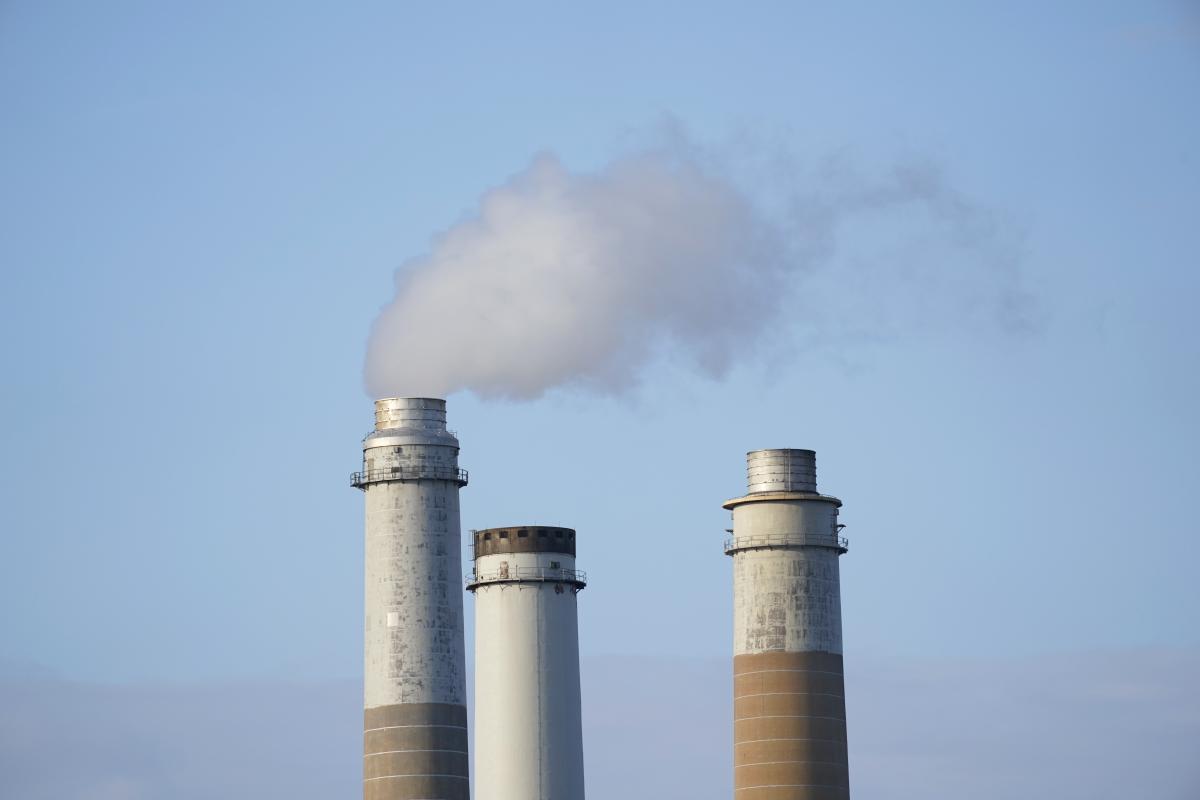Earth is hurtling towards a rise of 2.5 to 2.9 degrees Celsius (4.5 to 5.2 degrees Fahrenheit) due to global warming since pre-industrial times, as calculated by a recent United Nations report. The world is on track to surpass the internationally agreed-upon climate threshold.
In order to have a fifty-fifty chance of staying within the 1.5-degree Celsius (2.7 degrees Fahrenheit) limit established by the 2015 Paris climate agreement, countries need to reduce their emissions by 42% by the end of the decade, according to the U.N. Environment Programme’s Emissions Gap report issued on Monday. The report also revealed that carbon emissions from the burning of coal, oil, and gas increased by 1.2% last year.
This year has provided a glimpse of what’s to come, according to the report, setting the stage for international climate talks later this month. The average global temperature has already exceeded 1.5 degrees Celsius above mid-19th century levels on 127 days so far this year, which represents 40% of the days.
In November, the global average temperature reached 2 degrees Celsius (3.6 degrees) above pre-industrial levels for the first recorded time, a sign of an accelerating change, according to Copernicus Deputy Director Samantha Burgess.
UNEP Director Inger Andersen noted that temperatures are reaching new highs and extreme weather events are becoming more frequent, faster, and more intense, increasing the urgency for a massive shift to avoid breaking temperature records year after year.
Earlier reports indicated that Earth would reach its long-term warming limit of 1.5 degrees Celsius by early 2029 without significant emission reductions. The report stressed that countries need to set more ambitious goals to cut carbon dioxide emissions and take action to achieve these goals.
The world saw a slight improvement in the emission outlook due to new policies put in place by countries such as the United States and those in Europe, according to the report.
The Inflation Reduction Act in the United States, which includes a $375 billion spending on clean energy by 2030, is projected to reduce yearly emissions of carbon dioxide by about 1 billion metric tons. However, the world emitted 57.4 billion metric tons of greenhouse gases in 2022, and the report estimated that this needs to be reduced to 33 billion metric tons by 2030 to achieve the 1.5-degree mark, creating a significant emissions gap.
The report projected that the chance of keeping warming at or under 1.5 degrees is very slim, at around 14%, indicating the need for more urgent emission reduction efforts on a global scale.
If the world aims for a warming limit of 2 degrees Celsius, the report suggested that emissions need to be reduced to 41 billion metric tons, with an emissions gap of 16 billion metric tons.
To comply with the 1.5-degree goal, countries need to phase out fossil fuels on an urgent basis, according to United Nations Secretary-General Antonio Guterres, who warned of the significant impacts of global warming.
The report emphasized the need for immediate, ambitious action from all countries to avoid a future with massive warming impacts that would be devastating for future generations and the environment.
For more of AP’s climate coverage, visit their website at http://www.apnews.com/climate-and-environment.
Follow Seth Borenstein on X, formerly known as Twitter, at @borenbears
Associated Press climate and environmental coverage receives support from several private foundations. See more about AP’s climate initiative here. The AP is solely responsible for all content.


